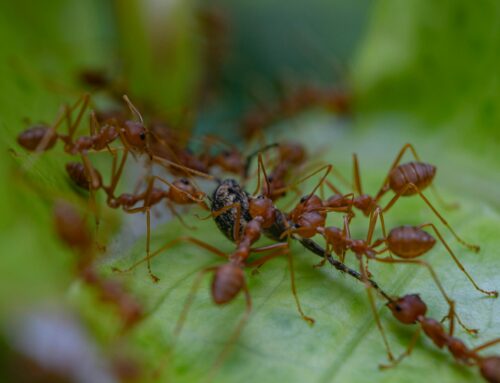
Chinch Bugs in Central Texas
In the summer…chinch bugs are out and about! The bad news is that they’re here to eat up your greens. Chinch bugs simply love to munch on your grass. The good news: we can help!
For those interested (and not squeamish), read on about these insects. We hope you’ll become enlightened on how they tick and, more importantly, how you can detect them.
Signs of Chinch Bugs
How can you tell if your lawn is suffering from chinch bugs? The havoc they wreak on your grass appears as orange-ish, dying blades of grass.
A drought-stressed lawn is more susceptible to chinch bugs than a lawn that isn’t. That’s part of the reason we were inspired to write this blog – it’s the summer months and your lawn may be drying out and getting baked by the Central Texas sun, giving these little creatures a perfect opportunity to turn your lawn into a feeding and breeding ground.
Where Do They Hide?
Chinch bugs frequently appear on an area of your lawn that is exposed to a high level of sun. This includes parts of your lawn that are right by the street’s curb, side yard, or even the border of your garden bed. If that’s where you’re seeing the damage, you might have chinch bugs.
Additionally, if you try to pull up the damaged grass and it’s difficult to pull up from your lawn that’s another sign that these littler critters are the culprit.
To check for chinch bugs, we must look in the morning. Inspect the space where the dead and living grass meet and part the grass to look for chinch bugs. Look for tiny red specks which are the eggs or nymph.

photo credit: Ohioline – Ohio State University
Though these bugs are very small, you shouldn’t have too much trouble spotting them in the problem-area, as long as you are close enough to the ground.
Check out this helpful article for more in-depth information on chinch bugs.
Need help?
Is your little piece of Texas suffering from chinch bugs? If so, contact our team of pros online or by phone at 512.990.2199. We’d be happy to come out and make sure your lawn stays green, healthy and protected.






